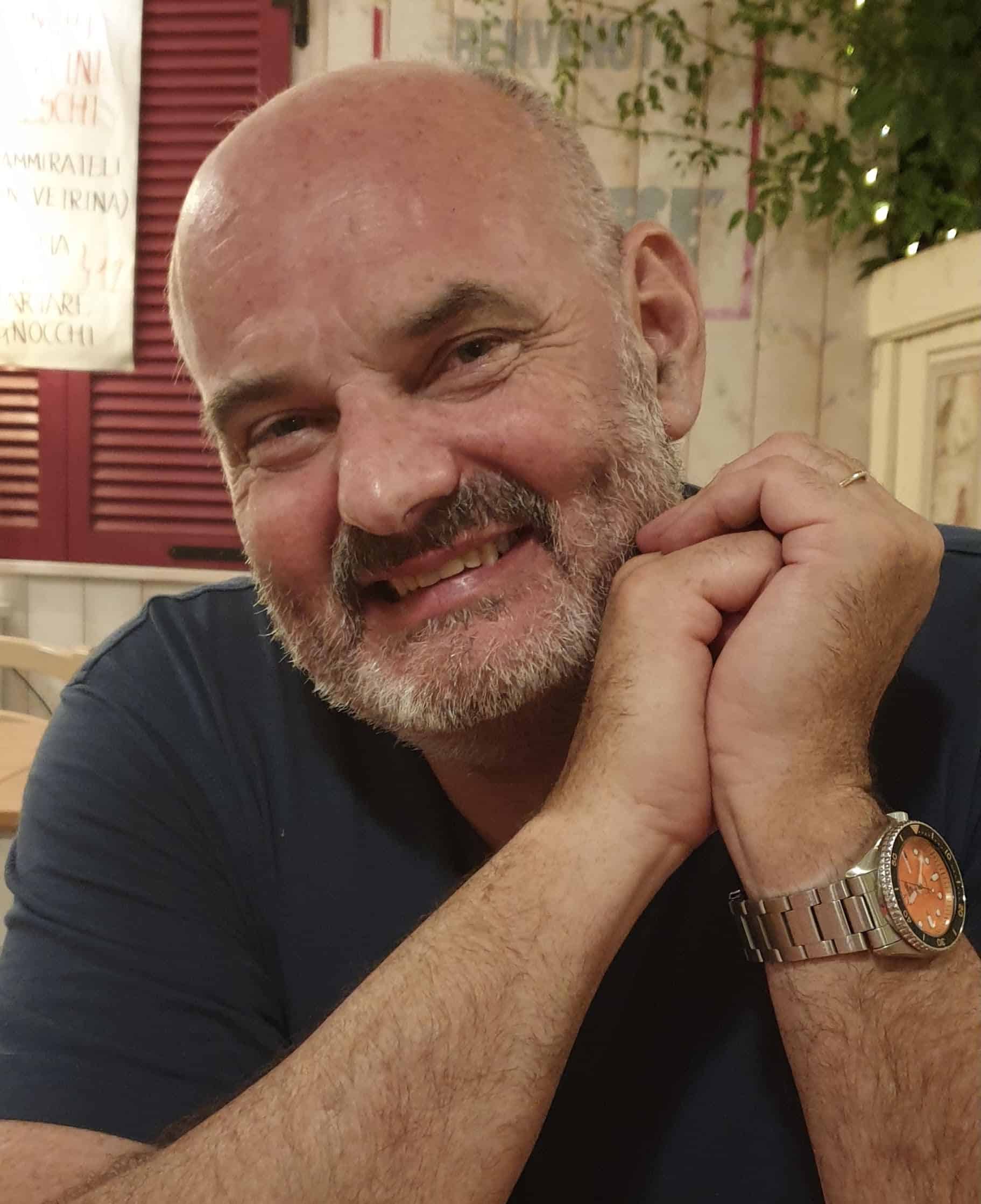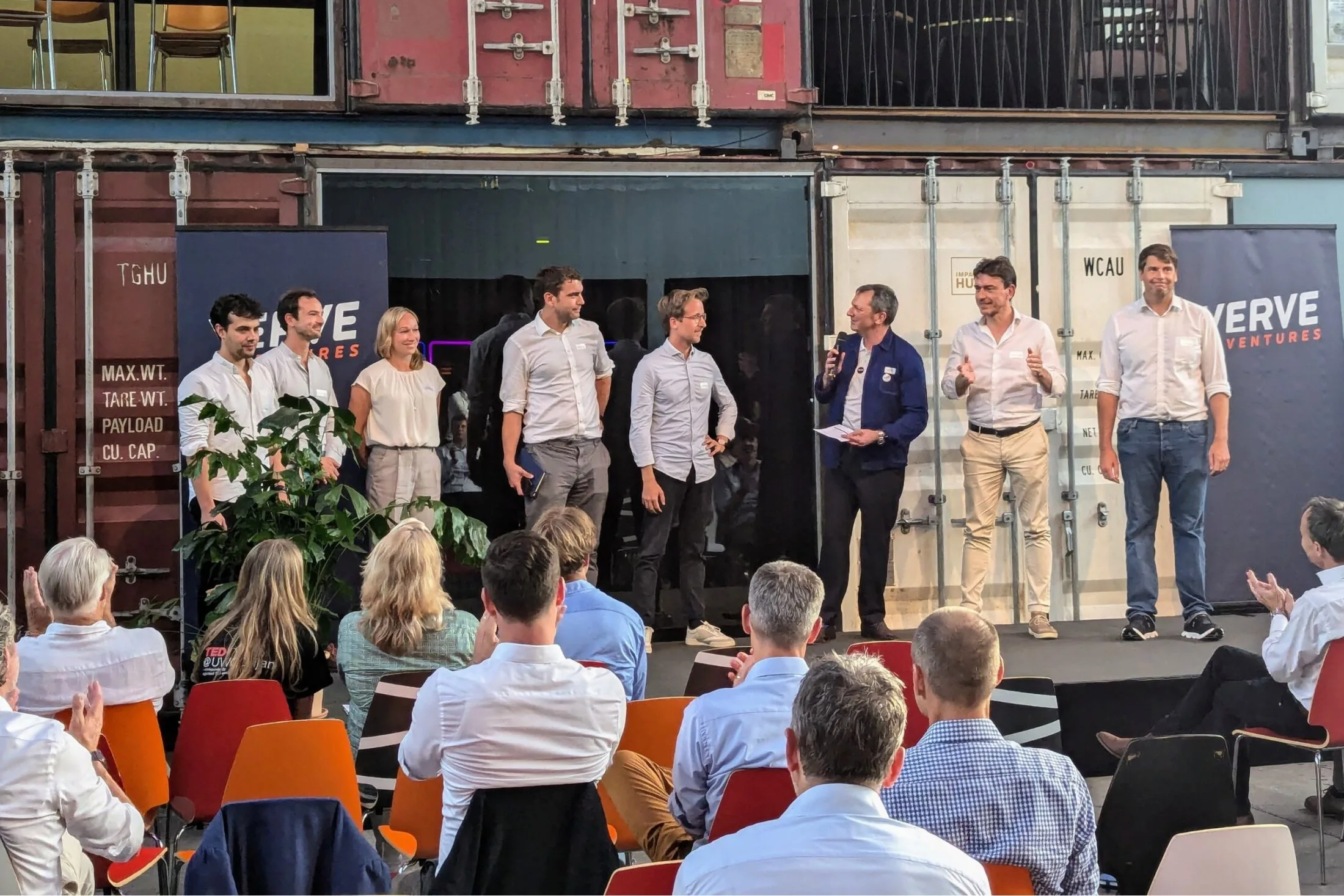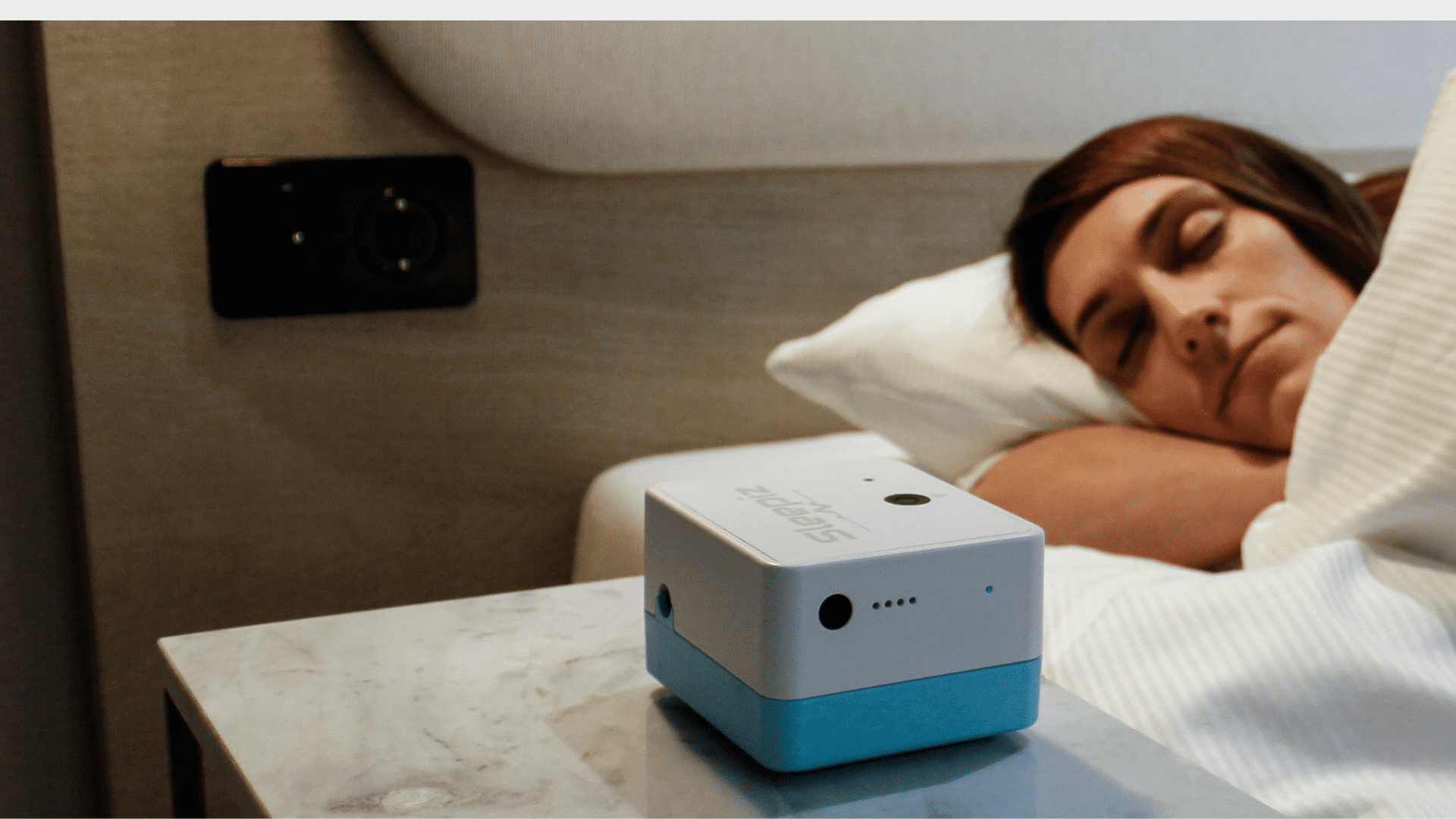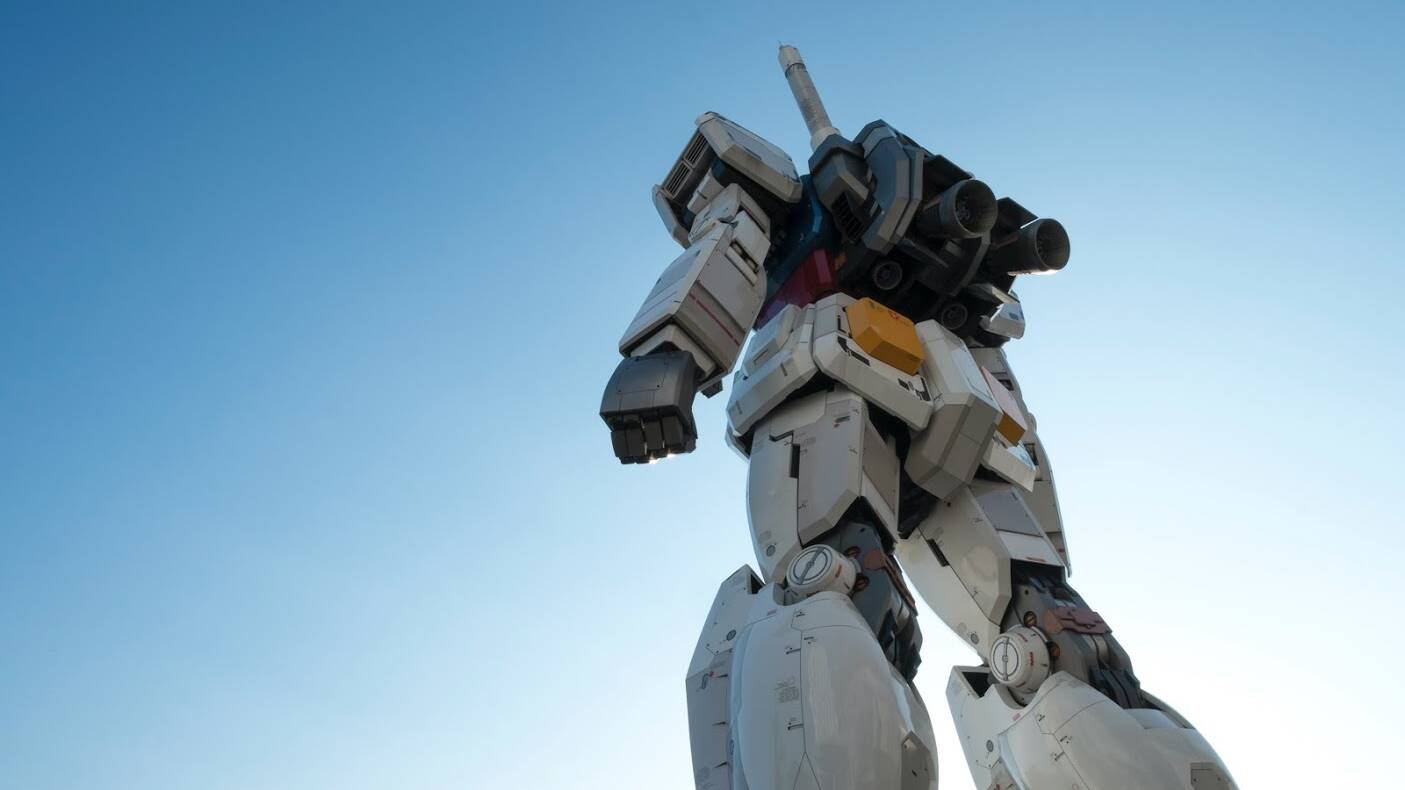In this interview, Prof. Nikolaus Netzer explains why good sleep is important and why sleep apnea interferes with it. As Lead Medical Officer of the startup Sleepiz, he talks about the uses of radar technology in the monitoring of breathing and how digitalization affects medicine in general.

University of Ulm
Nikolaus Netzer is a Professor of Medicine at the University of Ulm and a Honorary Professor at the University Innsbruck. He also leads the Hermann Buhl Institute for Hypoxia and Sleep Medicine Research, which is affiliated with the University Innsbruck. He has founded three sleep clinics in Germany, published extensively and serves as a reviewer and editorial board member of several professional journals. As Lead Medical Officer, he supports Sleepiz in their clinical strategy.
How did you enter the field of sleep medicine?
It’s now been over 35 years that I have been working in the field. As a student of medicine, I published my first articles. Back then, sleep medicine was in a period of transition. Before, it was a domain of neurological research. People were interested in, for example, how psychiatric disorders manifest themselves during sleep. I had a background in pulmonary medicine though, and phenomena like sleep apnea, which are related to breathing, gained attention and were quite interesting to me. I was also very interested in diagnostic devices, and have tested and developed some of them myself. In the 1990s, I founded two sleep clinics and later more, and worked in the US before coming back and habilitating at the University of Ulm.
What is good sleep?
It’s not the same for everyone as our sleeping patterns change with age. But what is important for recovery during sleep is that we go through all different sleep phases. REM sleep is important for our memory to consolidate and anchor what we’ve learned during the day; deep sleep allows our organs to recover. The heart is less stressed as the blood pressure drops during the night. The immune system is very active during our sleep. To enable all of this and a good recovery, sleep should be undisturbed.
You’ve mentioned sleep apnea, a disorder in which breathing repeatedly stops. How much of a problem is it?
The prevalence of sleep apnea depends on the definition. I use a strict definition of more than 10-15 interruptions per hour which lead to clinically significant symptoms such as daytime sleepiness. It is quite serious as there are other risks such as the brain not getting enough oxygen, a lack of recovery for other organs, or the worsening of metabolic diseases such as diabetes. To be clear, just because someone snores doesn’t mean they have sleep apnea. But if the snoring is strained and culminates in breathing pauses, it might be the case. Even with this strict definition, around 10-15% of the global population are affected and should be treated. Aging societies lead to an increase of sleep apnea, as the disorder is much more common in women after menopause than before. It is prevalent in the western world, Australia South Korea, Japan and China.
How is it diagnosed?
The spouse or in the case of children the parents have an important role as they’re often the first to notice. You can become aware of it yourself if you suddenly wake up and struggle for air, or suffer from inexplicable daytime sleepiness. Risk factors include obesity and a thicker neck. Then there are smartwatches and fitness trackers that give a hint if they measure pulse frequency – if the pulse in the night rises above levels seen during the day, something isn’t right. In any of these cases, a visit to the doctor and as a second step a night in the sleep lab might be in order.
Why is it that patients have to wait several months before they can go to a sleep lab? What causes these long waiting times?
The area experienced the lifecycle that has affected many other fields in medicine as well. In the pioneering days, when the first sleep labs opened, reimbursement was solid, but as more and more labs joined, the insurers began to exert pressure on prices. At some point this led to the closure of labs when the clinics who opened them were dissatisfied with their return on investment. A more general explanation is that sleep medicine is seen as less pressing than, say, cancer or heart diseases in society and politics. For me, the way to deal with waiting times is treatment at home. A patient with a simple sleep apnea doesn’t need to visit a sleep lab and doesn’t need polysomnography to be taken.
How did you get in touch with the startup Sleepiz?
A few years ago I met the founders at a congress and was quite fascinated by their approach. Radar is a simple technology, and I was convinced that their approach would be financeable and allow for a rapid market launch. The topic of touchless monitoring is not new, I know a group at the University of Dresden that has been working with photodetectors for a long time, but they still have complex problems to solve.
How big is Sleepiz’s potential?
There is almost limitless potential to monitor simpler diseases in an ambulatory setting. The radar technology can precisely monitor the respiratory movement and the heart beat. If we add wireless pulse oximeters we can already diagnose sleep apnea very well.
Another application that Sleepiz pursues is the observation of patients with chronic obstructive pulmonary disease (COPD). What is this disease and how does it relate to what Sleepiz does?
COPD in its essence is a narrowing of the respiratory system. It can be caused by bronchitis that becomes chronic, or by too much smoking. As the bronchi narrow the patient has to breathe more rapidly, often the breathing becomes more shallow at the same time, and the oxygen saturation in the blood drops. All this means that the Sleepiz device could be a very good way to control such patients and know immediately if their situation worsens. This monitoring function has been shown for Covid-19 patients already. And it points to another use, namely the monitoring of babies to avert sudden infant death syndrome. The respiration of babies is easily measurable with Sleepiz’s device, there are no cables that irritate the baby. Think of it as another form of babyphone that will sound an alert if the breathing should stop.
“This trend from stationary to ambulatory care is inevitable.”
So the sleep apnea case is one where the patient would need the device only once for a diagnosis whereas the monitoring of COPD and babies would be for a longer duration, right?
Yes, the patients would either receive the device as a long-term loan financed by the health insurer or they might buy it themselves as a consumer product. In both cases such a device needs regulatory approval to underscore its solid medical base.
People are used to a thermometer as a medical device at home. It seems that there will be many more parameters they will be able to measure at home. What does that mean for the health system?
In the district where I live, Bad Tölz, there is a lively discussion about the two acute care hospitals we have. One would be enough, and the health insurers want – like everywhere – transform smaller hospitals into ambulatory centers. I think this trend from stationary to ambulatory care is inevitable, and technology gives us the means to drive this transition. You can measure at home, but still rely on medical experts interpreting the data. Telemedicine will massively increase, and cost considerations aren’t even the only driver.
What are the other reasons? If you ask, most people would prefer a night at home to a night in the hospital. At the same time, they will revolt if you try to shut down a superfluous hospital in their neighborhood.
People have a need for safety. And luckily, people who shape public health policy have realized that you cannot just shut down clinics and leave people to fend for themselves. I was talking about a transformation from a smaller hospital that is open 24/7 to an ambulatory center that has regular opening times. And the driver for this long-term transformation isn’t money, it’s a shortage of care professionals. During Covid, there was an enormous demand for nurses. But the skills shortage will not magically disappear, it will get worse with our aging society. One of the main reasons why people don’t want to work as nurses any longer is because of the night shifts. Someone who has a family prefers a job where they aren’t absent and working during the night. With ambulatory centers that have regular opening hours we can offer these people a more attractive job, and telemedicine, as I explained earlier, gives us the tools to monitor patients as effectively as before. In a way, medicine is just following the general trend of digitalization. 20 years ago people still went to a travel agent, now they do it all at home. In health we still have a lot of work to do, I think about data protection and cybersecurity, to name just two challenges, but I’m positive that ambulatory diagnostics are the future.
Written by
Investors

Our sophisticated investors include visionary family offices, leading wealth managers, institutions, founders, and senior executives. These individuals and organizations are all committed to shaping the next generation of innovation.
More News
The Start of a VC Journey
Let me take you through my journey to becoming a Visiting Analyst at Verve Ventures. I’m currently in the middle of my 6 months stay here, so I’ll focus on my questions before joining a venture capital fund, how I got in, and how it’s been so far.
“We want to democratize the sleep industry”
Over 1 billion people globally suffer from sleep apnea and chronic respiratory diseases. To get diagnosed in a sleep clinic, patients face waiting times of more than 8 months and high costs. The outdated technology also makes long-term monitoring difficult. In this interview, Sleepiz CEO Soumya Dash tells us the story of how he decided to apply his knowledge in wireless signal analysis to the field of sleep, enabling a faster diagnosis of sleep and respiratory disorders and wider access to sleep data for all.
We’re now called Verve Ventures
Europe’s leading digital startup investment platform formerly known as investiere is called Verve Ventures. Verve Ventures has become one of the most active venture capital firms in Europe.


